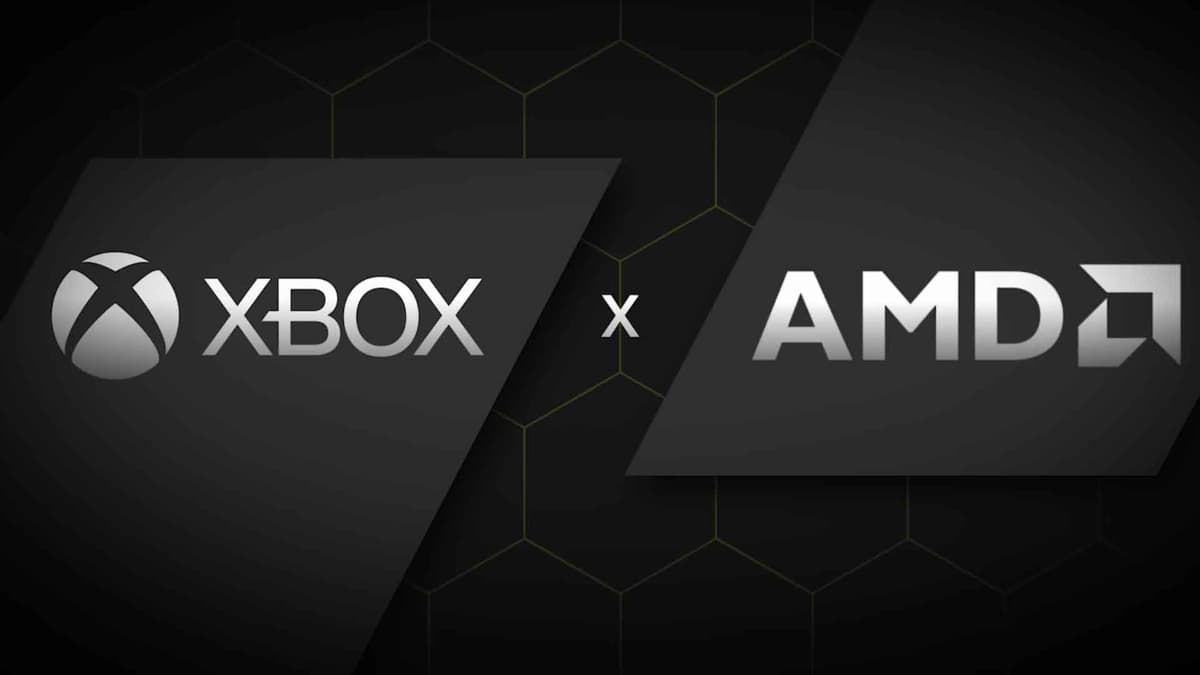
When Xbox head Sarah Bond calls the next console “very premium, very high-end,” it sets off alarm bells and excitement in equal measure. “Premium” can read as either flagship-grade hardware or an expensive, buzzword-laden trophy. But Microsoft’s recent bets—leaning into hybrid cloud compute, embracing PC-style handhelds like the ROG Ally X, and loosening exclusivity—hint at something beyond a simple power bump. They’re trying to redefine what owning an Xbox means. The French tagline “une expérience premium et haut de gamme” sounds luxurious, but the real questions are: premium for whom, and at what cost?
“Very premium” raises the bar. If this console ships above the $599 threshold set by last gen, Xbox will need more than bigger GPU numbers to justify it. We’re accustomed to 8-core Zen 2 CPUs and 12-teraflop RDNA 2 GPUs—this next model should bring at least a Zen 3 or Zen 4-derived CPU clocked beyond 4GHz, plus GPU performance north of 14 teraflops to handle native 4K at 120 fps in blockbuster titles. More importantly, it needs faster storage—think 5GB/s raw NVMe throughput and 10–12GB/s compressed bandwidth—to eliminate hitches in expansive open worlds like Forza Horizon or Assassin’s Creed Valhalla.
Microsoft’s messaging has shifted from “console wars” to “console ecosystem.” With flagship Xbox titles appearing on PlayStation and Switch via cloud, the hardware has to earn your dollars through frictionless experiences: ultra-quiet cooling that sustains 60 fps without a jet-engine whine; Quick Resume that actually resumes in seconds across multiple games; and open storage solutions that let you plug in off-the-shelf NVMe drives without proprietary tax. If the hardware can deliver a consistently smooth ride across a diverse library, it stands a chance at justifying a premium price tag.
Mid-cycle console refreshes rarely generate the same buzz as true generational leaps. Developers today rely heavily on runtime upscaling tech—FSR2, DLSS 3 frame generation—to hit performance targets on last-gen silicon. A truly high-end Xbox could reset the baseline: a stronger multi-threaded CPU for physics and AI, a dedicated NPU (neural processing unit) capable of 6–10 TOPS for advanced upscaling or real-time denoising, and I/O pipelines that banish texture pop-in in giant open worlds like Cyberpunk 2077 or Bethesda’s open-world titles.

Xbox has teased “hybrid cloud” solutions since the Crackdown 3 era, where cloud-driven physics promised massive online destructibility but ended up hamstrung by latency. If hybrid compute returns, it must be tangible. Imagine destructible environments in multiplayer Battlefield matches offloaded to Azure servers without latency spikes, or persistent NPC populations in an Elder Scrolls Online–style map handled server-side so local performance doesn’t suffer. If home network reliability is a barrier, hybrid features should gracefully fall back to local compute rather than disappearing or stuttering mid-game.
Console designers often chase raw GPU benchmarks, but developers care about predictable performance. A wider memory bus, a dedicated NPU for AI-driven NPC behaviors, and a robust OS scheduler make for smoother frame pacing. Consider flight sims: Microsoft Flight Simulator streams billions of data points and textures in real time; every extra gigabyte per second of I/O bandwidth matters. Or look at Ubisoft’s Anvil engine—framerate dips in Assassin’s Creed Valhalla on current consoles show the limits of existing CPU cores. A higher-thread-count processor and a fast L3 cache could unlock more stable 60 fps modes without aggressive upscaling.
Latency mitigation techniques—preemptive frame buffering, network tick rate optimizations, and edge compute nodes—also shape multiplayer experiences. If the next Xbox leans into Azure’s global footprint, it could reduce host-client latency in online matches of Halo Infinite or Age of Empires IV. But edge compute only pays off if it’s fully integrated into the developer pipeline and reliable on mainstream home connections.

Xbox’s partnership with Windows handheld makers like ASUS (ROG Ally X) and upcoming Steam Deck-like devices underscores a bigger play: your games, your saves, everywhere you go. Picture docking a handheld to your 65-inch TV and stepping into Forza Horizon 5 at living-room fidelity. I’ve bounced between handheld, desktop, and couch, and when the OS cooperates, it’s magic. The catch lies in battery life, thermal throttling, and Windows quirks that disrupt gamepad navigation.
For a premium handheld experience, Microsoft needs a “console mode” firmware skin—fast boot into a dedicated Xbox dashboard, auto-scaled UI, and cloud-synced saves that never conflict. Local emulation should hand off to Xbox Cloud Gaming when bandwidth drops, so you never lose progress or face abrupt resolution shifts. Blending local GPU muscle with Azure streaming would deliver the best of both worlds.
This “premium” announcement caught my attention because it suggests Xbox knows it can’t win on spec sheets alone. It must win on frictionless, delightful play—whether you’re booting up an open-world epic, streaming a round of indie turn-based strategy, or hopping into multiplayer. If premium means fewer compromises, robust developer tools, and a transparent value proposition, this could reset console expectations mid-generation.

But if “premium” ends up being marketing gloss around a modest silicon refresh, with hybrid cloud hype that falls short on consumer broadband, the community will call foul. We’ll have seen this before. The difference is in the details: how well the dust outlet is engineered, whether your favorite 360-era RPG looks and runs better, and if that edge compute feature actually enhances gameplay rather than sitting unused.
Xbox’s next-gen “very premium” console only works if it delivers real-world benefits: quieter hardware, smarter storage, consistent performance upgrades, and seamless cloud integration. Price and specs matter less than frictionless play, open standards, and developer-first design. If Microsoft can nail those, stepping up to a higher price tier will feel justified—otherwise, it’ll be premium in name only.
Get access to exclusive strategies, hidden tips, and pro-level insights that we don't share publicly.
Ultimate Gaming Strategy Guide + Weekly Pro Tips